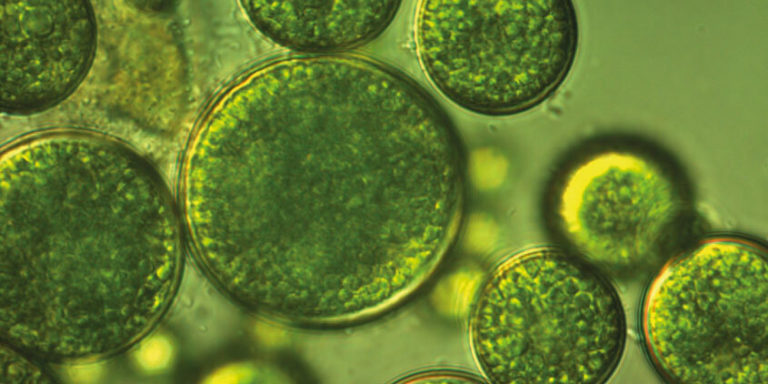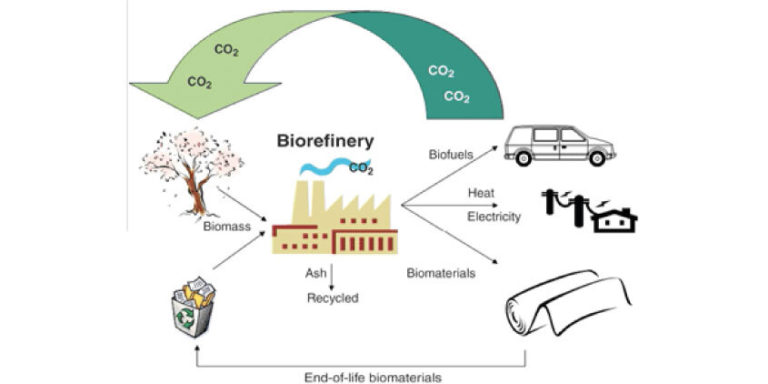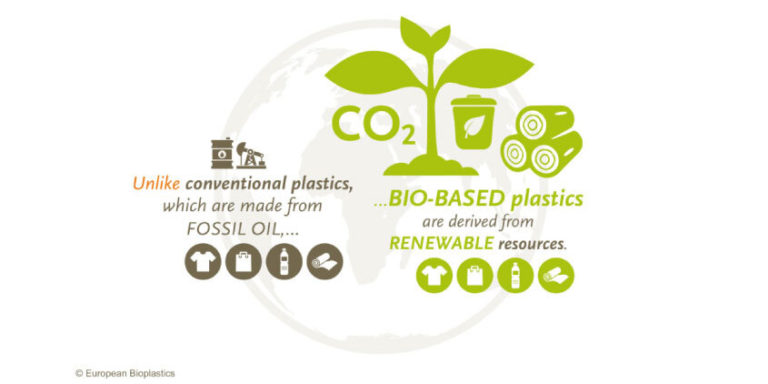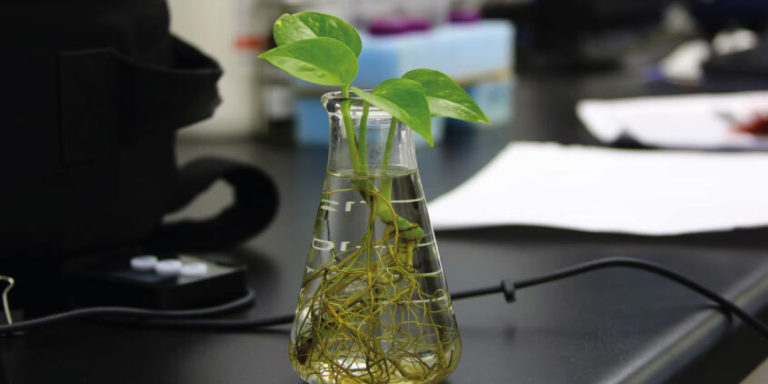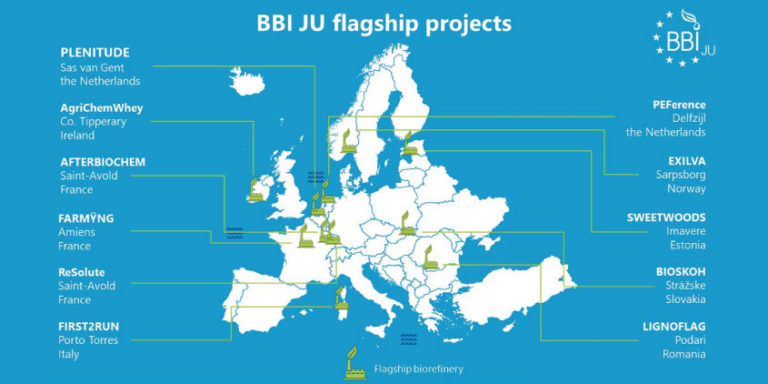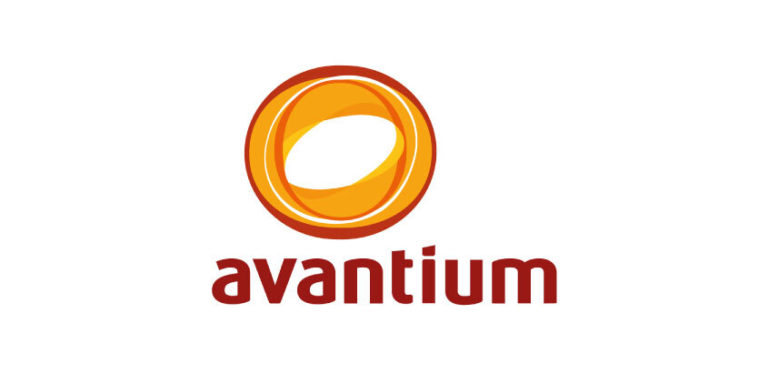Circular Economy
A circular economy is based on the principles of designing out waste and pollution, keeping products and materials in use, and regenerating natural systems. It is an economic system of closed loops in which raw materials, components and products lose their value as little as possible. Renewable energy sources are used and systems thinking is at its core.
Core elements of a circular economy
The core elements of the circular economy relate to direct circular handling of material and energy flows. For example closing loops, extending product lifecycles and increasing usage intensity.
The current system is no longer working for businesses, people or the environment
We take resources from the ground to make products, which we use, and, when we no longer want them, throw them away. Take-make-waste. We call this a linear economy.
Movie clip by the Ellen MacArthur Foundation explaining the circular economy in an accessible way:
The linear economy has to change
We must transform all the elements of the take-make-waste system: how we manage resources, how we make and use products, and what we do with the materials afterwards. Only then can we create a thriving economy that can benefit everyone within the limits of our planet. Shifting the system involves everyone and everything: businesses, governments, and individuals; our cities, our products, and our jobs. By designing out waste and pollution, keeping products and materials in use, and regenerating natural systems we can reinvent everything.
Governments have a role to play
For instance, the Dutch government is working with industry, civil-society organisations, knowledge institutions and other authorities to achieve a sustainable economy for the future. In this circular economy, there will be no more waste, as resources will be reused again and again. The government-wide Circular Economy programme sets out what we will need to do to achieve a circular Dutch economy by 2050.


